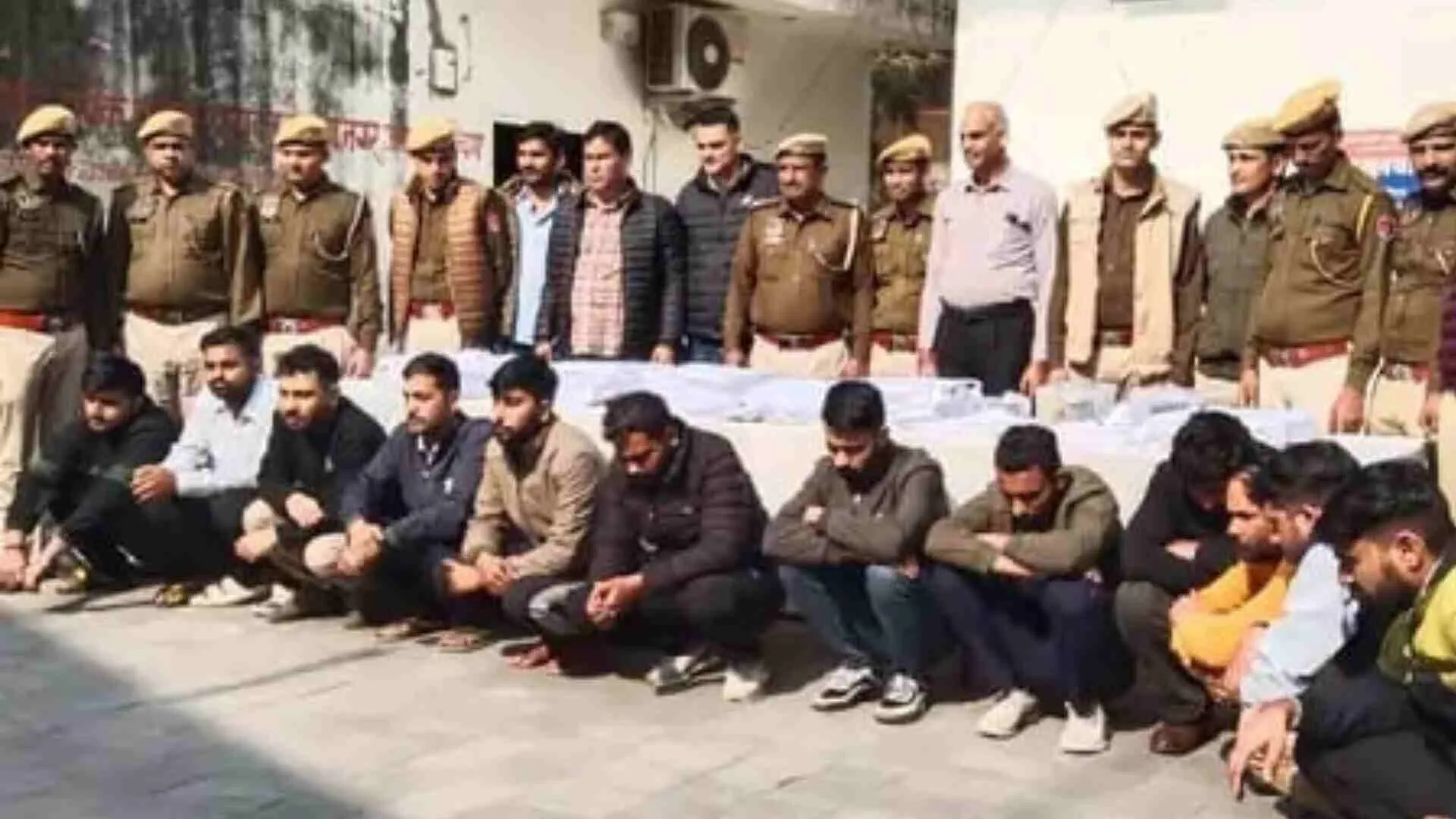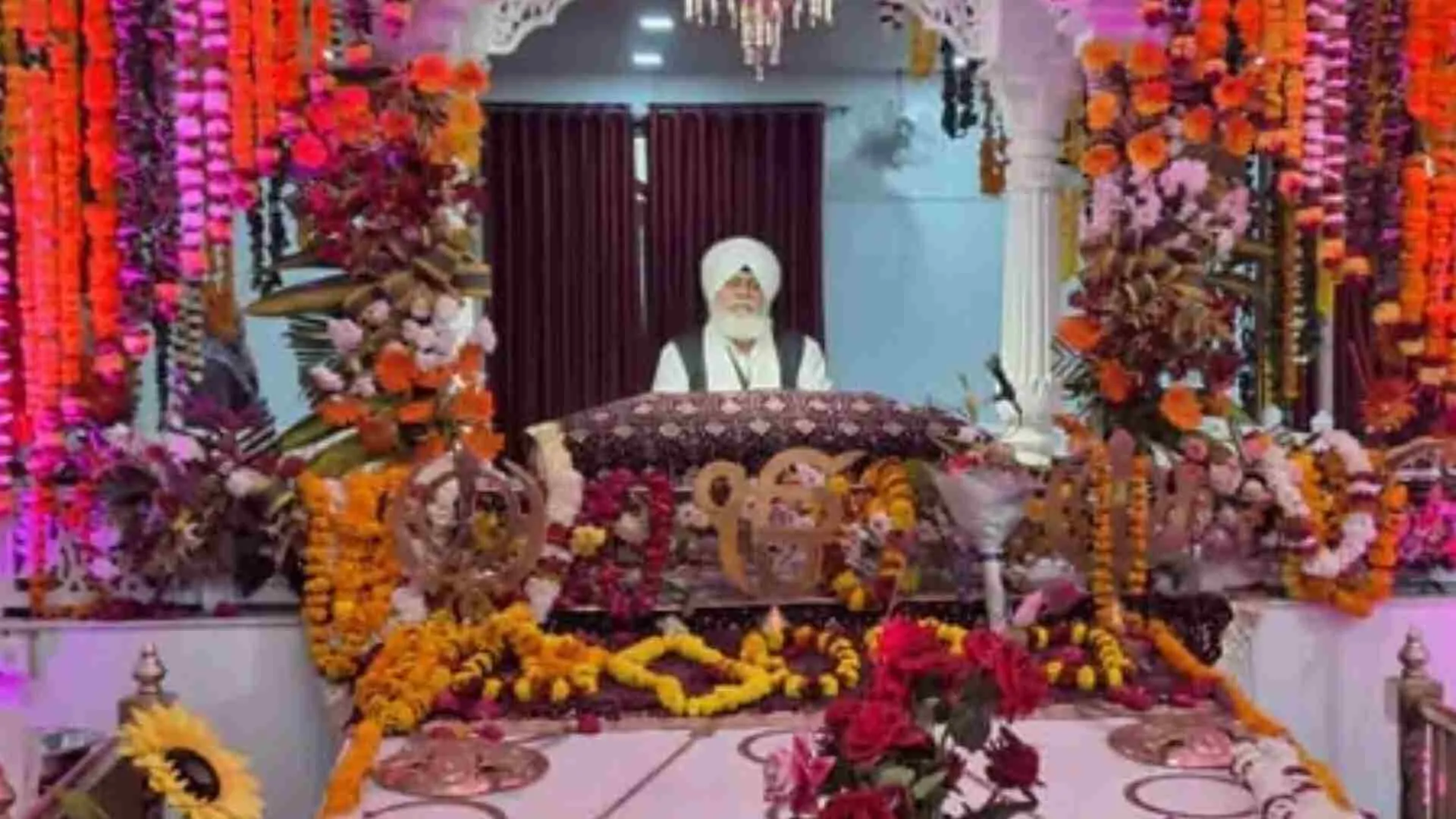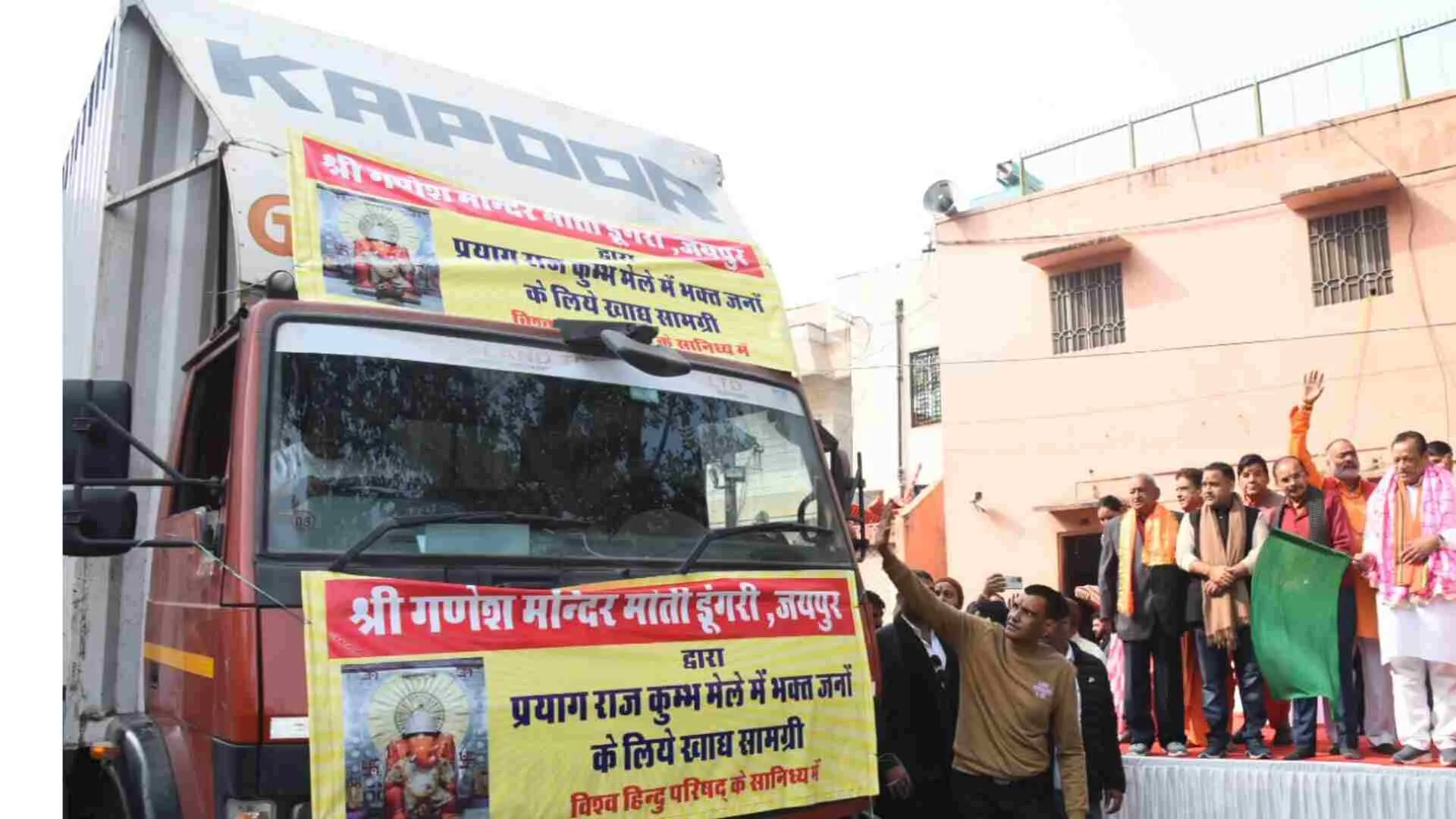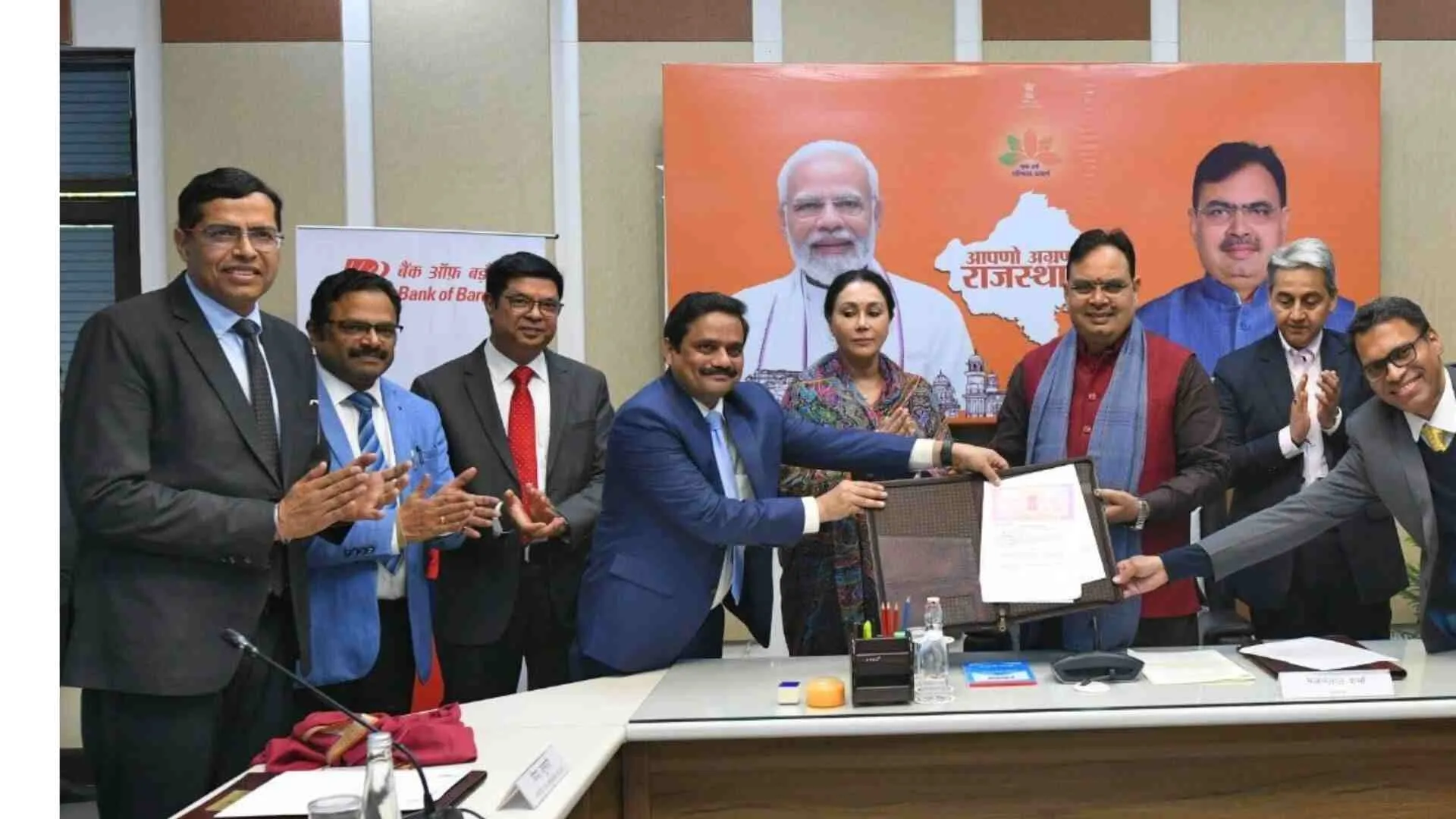If India has celebrated warrior queens like Rani Laxmi Bai of Jhansi, Razia Sultan, and Rani Chennamma of Karnataka, why is it abnormal to accept women on the war front in the 21st century? The question that arises today is, why do we still only associate the armed forces with male officers in uniform? Is the idea unthinkable, or is it the biases based on the preconceptions of the gender disparities that colonial India left behind in its loot as it took away the Kohinoor diamond for the Queen’s crown?
Or is it difficult for a regiment on war, that’s predominantly men, to obey the command of a woman officer?
These questions are being tossed in the air by the new generation of women who are vocal about questioning the age-old ideas of leadership roles. Are the protectors of our country’s borders only seen through the lens of patriarchy? It is not patriotism alone.
It is only recently that women have begun to play level field. Now they are found beyond being doctors and in other equally significant combat areas in India’s armed forces.
Despite its recent inclusion, the induction of women into the Indian military has been a controversial and difficult journey. Women were first admitted into the armed forces in 1992, but the process was not well planned and women officers had to face prejudice and negotiate for their rights at every step. Despite these challenges, women have continued to serve in the military and make important contributions.
The Women’s Auxiliary Corps-India was established in 1942, and women were given a chance to take up important roles such as clerical work, decoding secret messages, and maintaining equipment. The Women’s Royal Indian Naval Service was established in 1944 to allow women to fill shore-based jobs and allow more men to be deployed at sea. The reasons were mainly about women and their inability to handle their periods at war, their physical strength versus a man and the disadvantages of raising a family that was impossible and unthinkable without a mother.
India has travelled a long way since then.
On February 17, 2020, the SC said that women officers in the Indian army can get command positions equally and at par with their male counterparts. The court said all arguments against the recruitment of women were essentially discriminatory and disturbing in nature. It cannot be based on gender stereotypes. Also, the attitude must not be encouraged. This ruling forced the authorities to view women in leadership and combat roles.
As recent as 2022, Captain Abhilasha Barak became the first woman officer to join the Army Aviation Corps as a combat aviator after successfully completing her training. Also, Captain Shiva Chauhan is the first woman officer of the Indian Army to be posted at the Siachen Glacier. Chauhan belongs to the Indian Army’s Corps of Engineers. These women are changing the narrative about women and their sexuality.
For the first time, the Indian Army must address the issue of men versus women in order to improve the Army’s inclusiveness culture and norms. Now it is also women in combat zones, which has become the new normal.
India is still a patriarchal country, which makes it daunting for women to participate in active combat roles. It is believed that men are better at fighting and warfare than women. Women are weaker in their physical strength and aggression. But now women in the armed forces are changing the narrative.
India has finally recognised that more women need to be inducted in military leadership roles. Thus making the changes and progress for viewing women in power positions in India.
Some of the world’s most prominent military organisations, such as the US, France, Germany, and North Korea, have female officers serving in front-line combat roles.
In India, we are still grappling with the changing roles of men and women. Like men, women too have to understand to succeed one has to equally pursue their careers, which means sometimes choosing not the beaten path to reach the top ranks of the armed forces. It isn’t easy when commanding officers were mainly men. Breaking into this block will not be a cakewalk for women officers. It has to be beyond the period cramps and beyond the biological clock ticking away to protecting and being part of the main players in a country’s security.
Also, men in the army need to be re-educated about inclusion and diversity. They need to embrace the idea that equality is a fundamental constitutional right for each of us, irrespective of our gender.
The best part is that the Indian Armed Forces have recently seen a surge in the participation of women. The government has also taken giant steps to increase the ratio of women officers in the military. With this change, more jawans will be recruited across India.
In the wake of a devastating earthquake in Turkey and Syria, the Indian Army has sent a search and rescue team to the affected countries under “Operation Dost”. This mission, led by the Indian Army’s Additional Directorate General of Public Information (ADG PI), has received widespread praise on social media for its efforts in providing relief and care to those impacted by the disaster.
One of the images that has caught the attention of many on social media is that of an Indian Army woman personnel receiving a kiss on the cheek from a Turkish woman while on the rescue and relief work. The picture, shared by the ADG PI’s official Twitter handle, has been captioned “We care” and has been widely shared and liked by social media users. The efforts of the Indian Army, especially its women personnel, have been widely praised on social media, with users calling it a shining example of humanity.
Today, a career in the military offers a unique set of challenges and rewards, and it is not just limited to men. Women have been serving in the military for decades and have made significant contributions to the defence of our country. They are not only providing support but are also taking on combat roles and have once again proved their mettle.
The idea of women being “lethal” is not strange anymore, women are playing a vital role in the defence of our nation and are making a difference in the fight against terrorism and other security threats. They are breaking down stereotypes and proving that gender does not define one’s ability to serve and protect.
The path ahead is for women who are not objectified as sexual beings in uniform. But as valuable and competent contributors to a growing economy, which includes the defence of our country. It is time now to break down the barriers and give women the recognition and opportunities they deserve.
So, on this 14th of February, let us remember the Pulwama incident where soldiers are not viewed as men alone but also as women in the military. Women who are willing to paint faces, carry the gun on their shoulders and go head-on towards the enemies, in camouflage.
Mohua Chinappa is an author and a podcaster of a show called The Mohua Show. (https://www.themohuashow.com/media/)

















